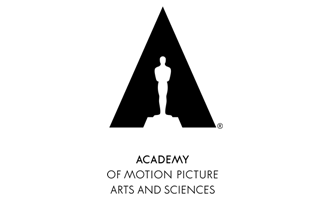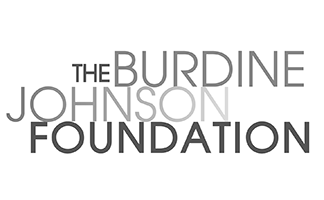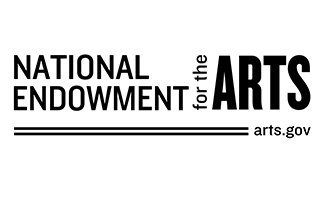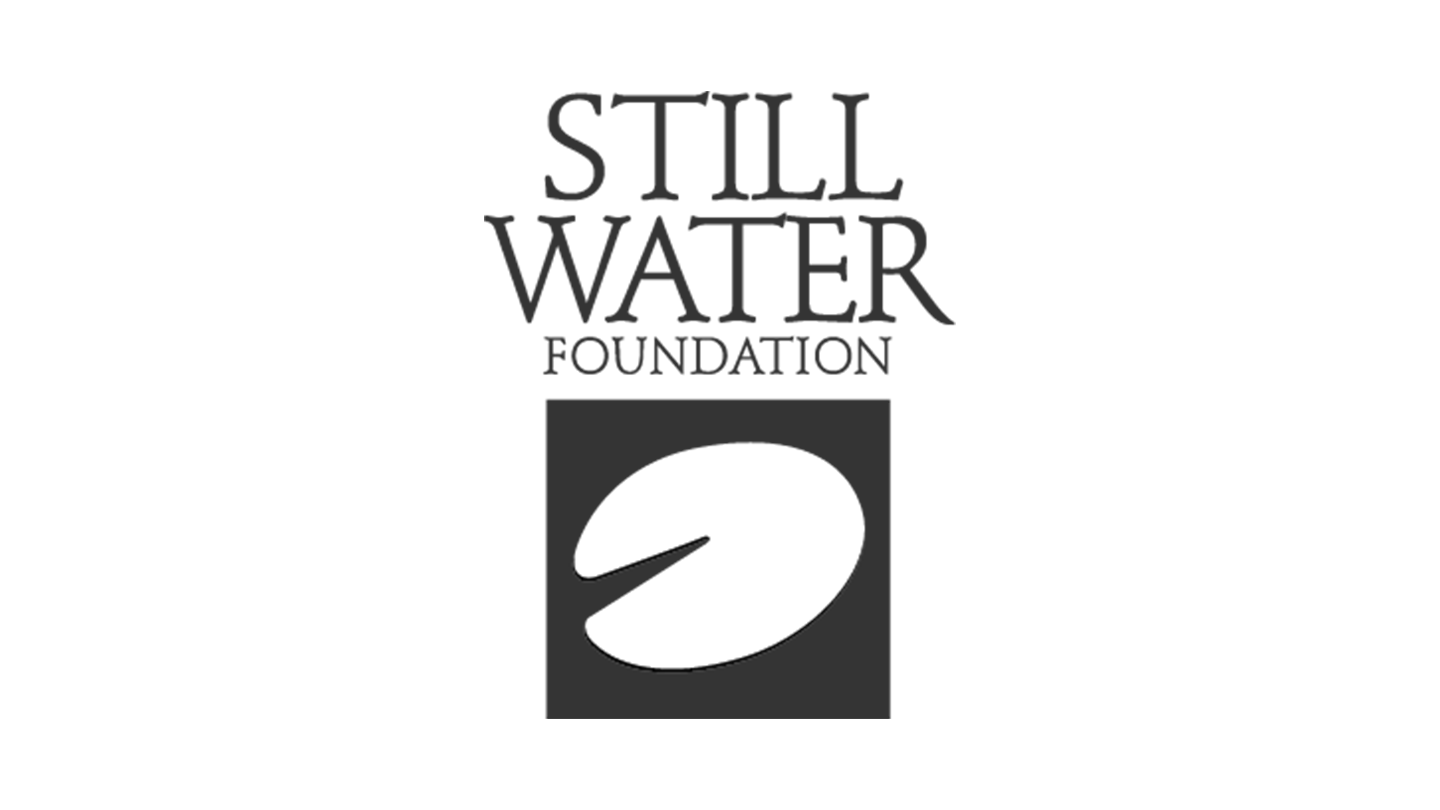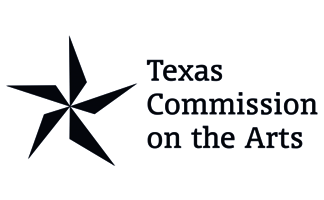INTERVIEW: DIRECTOR MIKE BLIZZARD TALKS ABOUT HIS NEW FILM ALSO STARRING AUSTIN
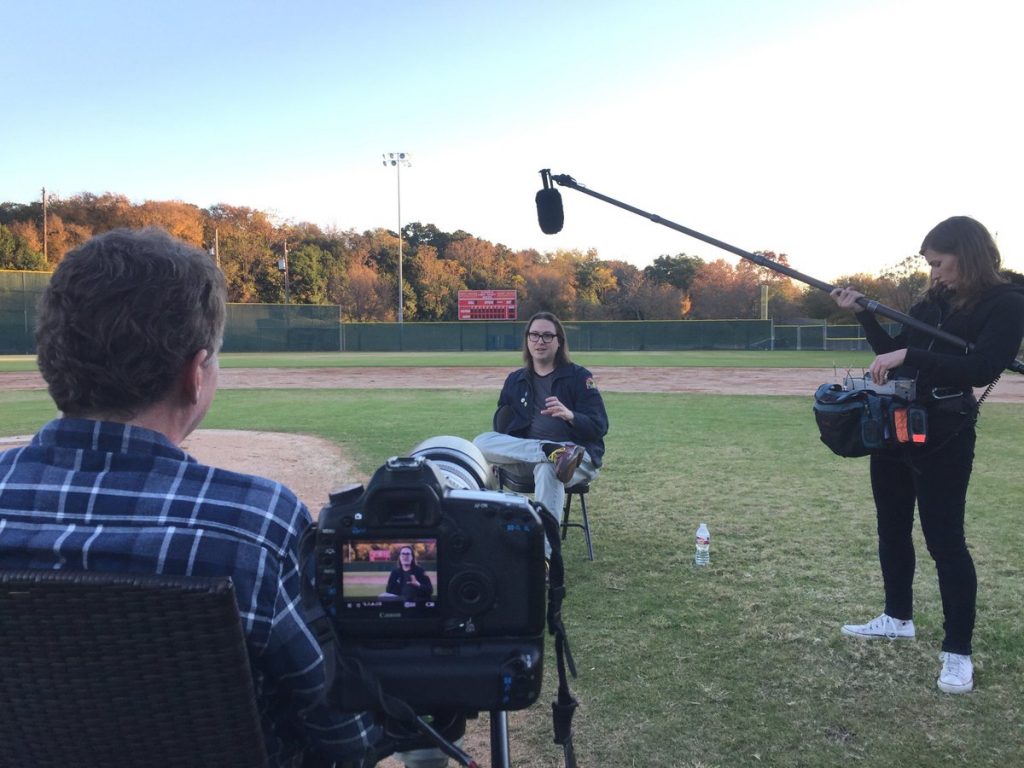
AFS is excited to present ALSO STARRING AUSTIN, a documentary that tells the story of Austin’s history and enduring culture by using scenes from locally shot films. We had the opportunity to speak with director Mike Blizzard about his new film. Join us at the AFS Cinema on February 22 at 7:30 p.m. and February 23 at 4 p.m. for screenings with special guests in attendance.
Mike Blizzard is President and co-founder of Blizco Productions and the producer of the award-winning NO NO: A DOCKUMENTARY, which premiered at the 2014 Sundance Film Festival and has been licensed by Showtime, Netflix, and ESPN. Mike is a former board member of the Austin Film Society and served two terms as Board President.
Pictured above is a behind-the-scenes interview with Wiley Wiggins (DAZED & CONFUSED) at the field that was used as a shooting location in DAZED & CONFUSED.
WERE THERE ANY DISCOVERIES YOU HAD WHEN RESEARCHING FILMS MADE IN AUSTIN?
There were tons of discoveries. Honestly I had no idea so many films had been made here. 120 films or TV series appear in the film and that many or more didn’t make it in for various reasons. For me one of the more fun discoveries though was RUTA WAKENING, a crazy little film set around the original Ruta Maya coffeehouse on W. 4th St. in the mid-90s. I hung out at that place at the time and had no idea this film existed.
WHAT ARE SOME OF THE AUSTIN-MADE FILMS THAT PEOPLE DON’T KNOW ABOUT?
Cinephiles are aware of Eagle Pennell’s 70s films and Tobe Hooper’s first film EGGSHELLS, mainly because of the restorations that Louis Black has produced, but those aren’t really known to the general public. The Coen Brothers shot their first film BLOOD SIMPLE here in 1984 and more people than I thought don’t know about that. There was also a huge number of TV movies that shot here in the 80s and 90s that people are blissfully unaware of. That section of the movie definitely gets the most laughs. In the 90s you had Disney movies like BLANK CHECK and THE BIG GREEN, and for people who grew up with those movies they largely have no idea they were shot here, and are fairly wowed by that. So there are many, many films that most people don’t know about.
WHAT IS THE MOST PROMINENT AUSTIN LOCATION SEEN IN LOCALLY-MADE FILMS?
There’s a few locations that really stand out. The Paramount Theatre and the Driskill Hotel have been used many times in part because they were built over 100 years ago and can be used for period pieces and modern movies. Plus they’re just very cool, interesting buildings inside and out. The Broken Spoke has also been used probably a dozen times in various films and TV series. The place has such authentic character and the owner James White has wisely made it very available to productions. You also obviously get many exteriors of the State Capitol building and the interior and grounds have been used multiple times as well. One that’s lesser known is Arkie’s, which is now Sawyer & Co. That place has been used again and again in part because it’s one of the few diners in town.
WERE THERE ANY TRENDS IN AUSTIN FILMMAKING THAT YOU NOTICED?
The prominence of music in Austin movies probably stands out the most. There’s a lot of live music shown in Austin films, and there’s a large number of musicians acting in films and making films themselves. Story wise, many films involve someone coming to town, which makes sense because Austin is a place people have been moving to in droves for decades. EGGSHELLS, for instance, starts that way, so we start the film with that and then come full circle and end there as well.
WHAT WAS YOUR PROCESS LIKE FOR RESEARCHING AND MAKING THE FILM?
We identified films through IMDB, Alison Macor’s Austin film history book Chainsaws, Slackers, and Spy Kids, the local sections at Vulcan Video and I Luv Video, and friends who worked at the Austin Film Commission and Texas Film Commission. I was on the board of AFS through most of the production so staff and fellow board members were also extremely helpful just in their personal knowledge. Associate Producer Lara Morgan (at the time we started she was an apprentice at AFS) and I viewed and logged each film. We also had a great researcher Grahm Donovan who helped with that. That process obviously took a long time and was ongoing as new discoveries were made during production. Then Laura Colwell (also a former AFS apprentice) came on board as editor and another relatively long process began of how in the world do we craft all this into a compelling narrative. There were definitely times I though it might never work but I think we’re all pretty happy with how it turned out, and we’re especially glad that audiences really respond to the film.
IN YOUR OPINION, WHAT MAKES AUSTIN AND ITS FILM COMMUNITY SO UNIQUE?
Austin has always been somewhat of a “mecca” as Richard Linklater calls it, for people who are a little bit different. The culture to a degree tolerates and celebrates weirdness and that draws a lot of creative people here, especially from other parts of Texas. The film community I would also categorize as more cooperative than competitive. I think because we’re not LA or New York there’s more of a feeling that if an Austin filmmaker is successful that helps the entire community. The idea of a rising tide lifts all boats. You also have homegrown organizations and businesses like AFS, Alamo Drafthouse, Austin Film Festival, SXSW, and many others that add greatly to the city’s film culture and general knowledge appreciation of film. And of course the University of Texas.
WHY DO YOU THINK AUSTIN HAS STAYED A DESTINATION FOR FILM PRODUCTION THROUGHOUT THE YEARS?
Over the years a core group of experienced crew and actors became established here, so productions can come and they don’t need to bring all their people in. Having a number of small towns nearby where you can shoot is also a major factor. Plus there’s great music, food, and tons of stuff to do in this city. Obviously the current state of tax incentives has hurt us but we continue to get a decent number of films and TV shows coming here even despite that. If the lack of incentives becomes so dire that people pick up and move to other places though, we do risk losing some of the reason productions come here in the first place.
CAN YOU TALK ABOUT THE IMPORTANCE OF ARCHIVING THE HISTORY OF FILM IN AUSTIN?
Well, as much as the film documents local film history, maybe more importantly it documents Austin itself through film. These films in various ways have created a record of the city over time. For instance sometimes movies are the only moving images of places that no longer exist. The legendary music venue Soap Creek Saloon that appears in OUTLAW BLUES and Eagle Pennell’s HELL OF A NOTE is a good example. To our knowledge no other footage of the interior exists, and certainly nothing of this quality. We’ve also created a large amount of highly organized data that can be used in a wide variety of ways. We provided some to the State Preservation Board just recently for a presentation they’re doing on the Capitol. There’s been talk of tours, an app. So who knows? We received tons of help creating this film so we’re certainly willing to share what we’ve learned in as many ways as possible.
WHY WAS IT IMPORTANT FOR YOU TO MAKE THIS FILM?
Well, I had this crazy idea (actually at an AFS screening) and started talking to people about it and it sort of grew from there. People liked it, they participated in it in various ways, and I just sort of kept it going. Austin is also my adopted hometown and I’ve been involved in a variety of community issues over the years so I know the city and its history reasonably well. So in some ways I was well-suited to do this, but in others it was really because I had the idea and needed to see it through.

